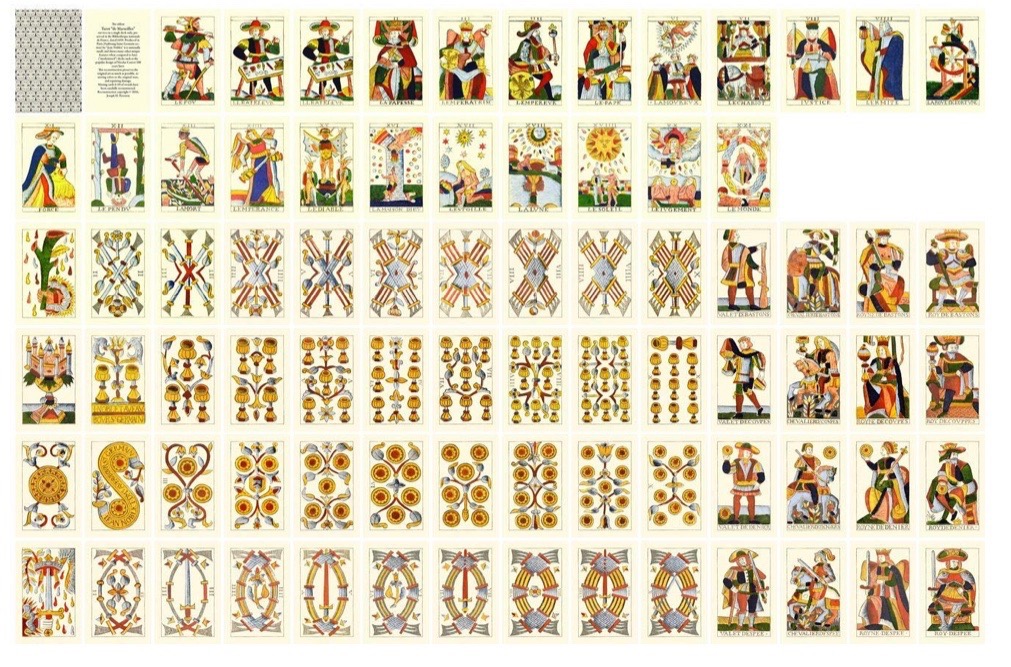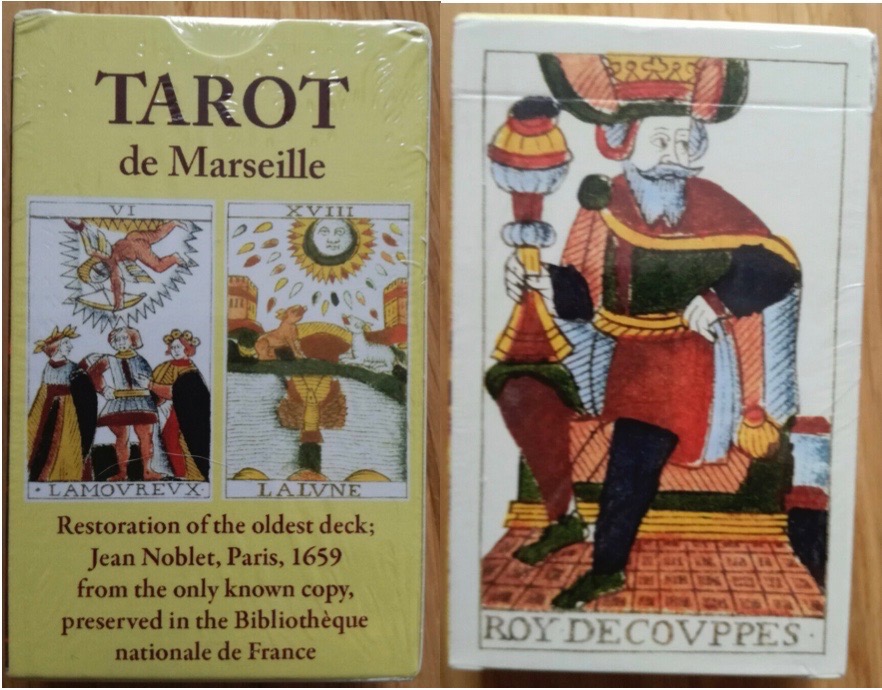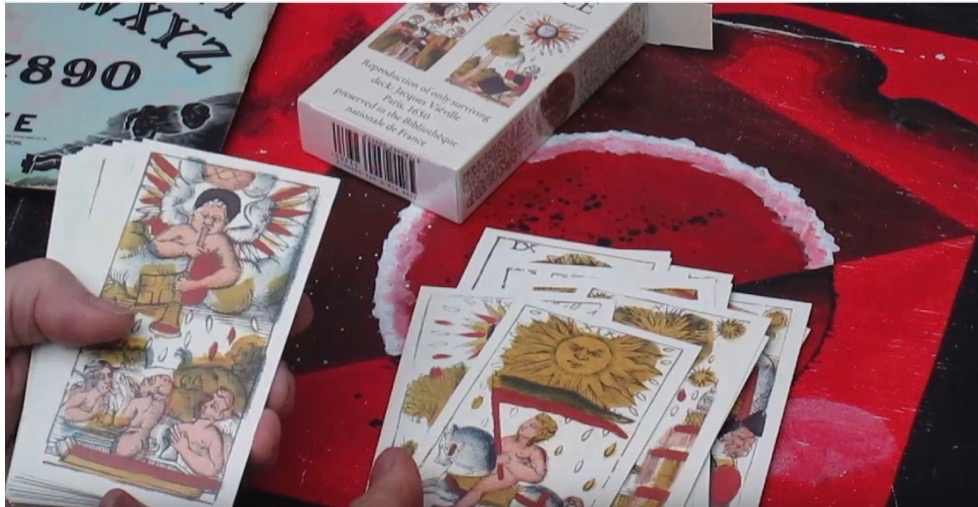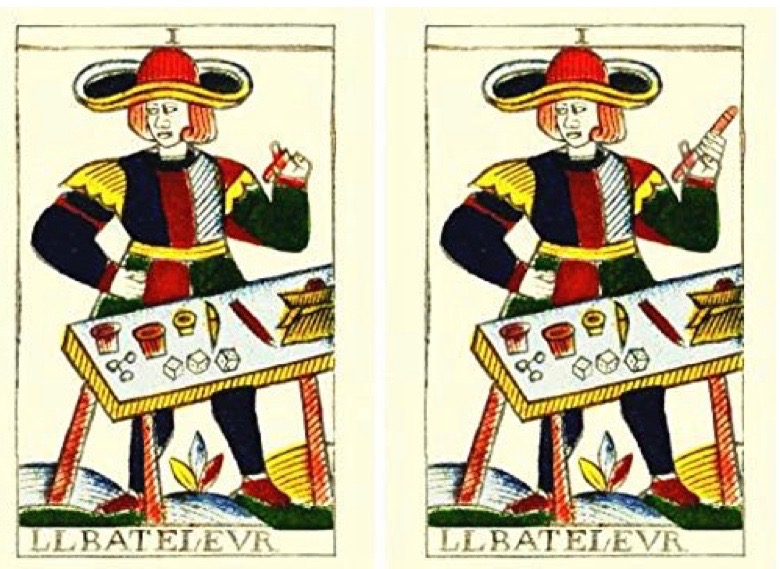An Interview by Francis Ian
Instagram:
https://www.instagram.com/joseph.h.peterson/
Twilit Grotto: Archives of Western Esoterica:
http://www.esotericarchives.com/
Avesta: Zoroastrian Archives:
http://avesta.org/
Introduction
Esoteric scholar, translator and editor of rare manuscripts Joseph H. Peterson is probably better known for his grimoire publications including The Sworn Book of Honorius, The Sixth and Seventh Books of Moses, The Lesser Key of Solomon, John Dee's Five Books of Mystery and The Clavis or Key to the Magic of Solomon. Most of his works sit in my library and I’ve been following his work on his website Twilit Grotto for some time. Few writers and researchers in the occult have such well-researched and diverse material available for free online as Joe has and I’ve taken full advantage of his years of collecting and digitizing rare texts. I was pleasantly surprised a few years back, however, when I spotted a new entry to his publication resume that dipped into my world of tarot, a reproduction of the Tarot de Marseille by Jean Noblet, Paris, 1659. It was a surprise because in all the years I’d done research on his website and in his books, I could only recall coming across one or two minor references to tarot and none regarding the Noblet. I immediately snatched up the first edition (a second edition is now also in my collection) and examined it with excitement. Already the proud owner of Jean-Claude Flornoy’s Noblet tarot, I compared the decks and found details in both that I admired. But why? What moved a scholar whose publications primarily represented Solomonic and Goetic magic to dedicate time to releasing his own Noblet tarot? Thankfully, I can now ask that and other questions of this dedicated researcher. Please join me.
For more information, please visit Joseph H. Peterson’s website at: http://www.esotericarchives.com/
The Esoteric and the Tarot Q&A with Joseph H. Peterson
Ian Bryant: Joe, it’s a pleasure to finally be able to meet you and ask questions about your dive into the world of tarot through your Jean Noblet reproduction deck. Thanks for joining me and our American Tarot Association readers for this interview! I’d like to offer you an opportunity to introduce yourself and add anything folks should know before we learn more about your tarot deck.
Joseph H. Peterson: Thanks for inviting me Ian, and thanks for the great feedback on my body of work. It is always a pleasure to chat with tarot enthusiasts. As for my background, my degree is actually in Chemical engineering, although I have had quite a lot of formal education in psychology, religion, and a number of languages. I have tried to bring the engineer's critical thinking and practical application of science to my esoteric writings as well. This led me to study textual criticism, translation theory, and editorial technique, as well as language and codicology skills needed to understand the medieval manuscripts that also interest me. I should explain that I don't use cards for divination, but I'm not merely a collector either. I use them as part of a mnemonic system somewhat like a classic memory palace, but with a scheme which reflects a more meaningful map of reality than would a familiar building in the “memory palace” method. It allows for meditative use and manipulation of mental images, akin to the techniques used in Renaissance magic as described in Arbatel, and by Frances Yates and Ioan Couliano. I sometimes half-jokingly maintain that I learned more about tarot from Yates’ book The Art of Memory, even though it makes no direct references to it.
Ian - The Beginning: I’d like to open with the question I asked myself when I first saw you advertise your Noblet tarot reproduction on your website. Why? It seems a simple question, but I’d love to know what first gave you the idea of creating a tarot deck after years of esoteric study rooted in grimoires and spiritual texts often coming from the Renaissance period. Had you been interested in and had experience with early tarot already, or was this a new area of research for you? What was it about these 17th Century playing cards that connected with you and your esoteric focus?
Joe: Tarot was actually one of my earliest interests. There was a bookstore within walking distance to my childhood home called The Tarot, and it started a lifelong fascination with the cards. The owner actually used regular modern playing cards for divination, explaining that she found the tarot cards beyond her. That only added to my interest. I started a modest collection of decks, mostly older designs. My first deck was a Swiss 1JJ, which is still a favorite. My all-time favorite deck though is the Noblet for a number of reasons -- first, it represents the earliest “tarot de Marseilles" design, and presents many unique features including baudy elements. It played into my interest in understanding origins and reconstructing so-called "urtext" editions. I love the archaic feel and smaller size. This and the fact that several cards were missing from the sole-surviving original deck was an irresistible challenge to me. I didn’t originally plan to recreate or print the whole deck, but I was so happy with the initial results that I felt compelled to continue, and eventually print some sample decks for my own use. I certainly never expected it to run the many hundreds of hours it eventually took.
Ian - The Research: Once you had decided you wanted to create the Noblet reproduction, what was your research process into the work? Tarotists are well acquainted with the light documentation available on decks from this period. Generally we are searching for possible meaning in the cards as understood by contemporary users, if there was any. What was your direction in research? Did you focus strictly on the creation of the cards? Was possible divinitatory and esoteric meaning in the cards important to your work on the deck at all? And were there any specific books, references or physical artifacts you had access to during your research that you can share with us that helped illuminate the project for you?
Joe: I tried to focus strictly on recreating the deck as it would have been seen and used by its earliest audience. For the missing cards, I was able to identify patterns from the extant cards, plus those of the Vieville deck, which was a production of the same shop in Paris. I read Flornoy’s discussion of the cards, especially his comments about the “apprentice”-like appearance of a few of the cards, which led to my redesign of the World card in the first edition. Other than that, surprisingly little research into the symbolism was needed.
Ian - The Process: I want to dig into the technical process, now, of how you created the Noblet reproduction. Many of our readers are also tarot deck creators from all levels of experience. The methods behind tarot deck creation continue to be quite varied, from hand-made decks selling less than a hundred copies, to digital creations that are bestselling decks and never seem to go out of print. How did you approach the refinement of the images on each card? Did you scan artifacts or were pre-scanned images provided to you? Was there any software you used that allowed you to manipulate the images you sought to “correct” and to pull the deck together in terms of making sure every card was a cohesive contributor to the whole? And did all your years of working with occult images such as sigils and seals help in working with the Noblet art?
Joe: I used Photoshop throughout, which I have used for years on my books. Years ago I got some very valuable education on graphic design and Photoshop from James Wasserman at Studio 31, who is even more of a perfectionist. I started with high-quality photographs of the originals in the Bibliothèque nationale de France. I found I could get best results by breaking down each card into many layers -- the black/gray-scale lines being one layer, and each color being a separate layer. This allowed for better blending and approximation of the original colors and textures. I also created many hidden grids and guide layers. The missing 6-10 of swords took many more layers than the extant cards. The chief difficulty however is that what you see on a computer screen is not how they will look when printed on a given cardstock, so I ended up printing dozens of sample decks to verify the results before I was happy. As I said, it took many hundreds of hours, but I enjoyed every minute. Removing the BnF stamps alone proved much more work than I expected.
Ian - The Production: One of the things that keeps your deck in my satchel is the tactile experience. The size and feel of the cards are wonderful elements in this deck. How did you go about deciding on the card stock and the size of the cards? When I bought the Noblet deck by Jean-Claude Flornoy, it was actually the first time I’d held a smaller scale tarot deck. I was surprised at first, but after a while I grew to love the size and how it sat in the small leather case I bought for it. Is there precedent for this size card that you are aware of, or was it more an aesthetic choice? And if it’s not a secret, who did the production of your deck? The final result is wonderful.
Joe: This is what actually motivated me to create the deck in the first place. The unusually small size of the original deck is one of the things that drew me to it, but I found the Flornoy card stock difficult to shuffle. I kept finding myself wishing I had a similar deck but with thinner and more pliable cardstock. I basically designed and created it for my own use, and hoped others might like it for the same reasons. I wanted the card size to be the same as the original deck, with square corners like the original. I checked out a lot of shops that could handle custom decks in small lots, and read their reviews. The one that stood out was makeplayingcards.com. Their pricing, tools, cardstocks, and ability to handle custom requirements all were exceptional. I tried sample decks with almost every card stock that they offered. (6 out of 7: I skipped the plastic cards.) I handled the sample decks extensively for at least a month during evaluation to see how they held up to use. The one I eventually decided on is their top-of-the-line smooth card stock, which has better contrast and traditional look than the linen-textured cards. It has a black core sandwiched between the white.
Ian - Future Goals: I’m sure I’m not the first person to raise these questions as they are natural ones to have after getting to know your area of expertise and the detail you put into your work, and knowing the reaction most tarot collectors and readers have when they find a deck they connect with. First, I’m curious what your future goals are in terms of tarot. Do you have any more deck reproductions in mind? If so, I’d love to know why and how they fit into your body of work to date. Second, there are not many scholarly books available specifically on the Marseille tarot in English. On my shelf I have Stuart R. Kaplan’s Encyclopedia of Tarot, Jean-Claude Flornoy’s Seeing the World and Jean-Michel David’s Reading the Marseille Tarot, all of which have some research-based material, but also contain ideas not necessarily contemporary with Noblet. Would a book from you on the tarot of the Renaissance be something we could look forward to in the future?
Joe: I have actually designed and printed samples of the Tarot de Vieville (https://youtu.be/XgyZnf3nqyA). I’m happy with the result, but I don’t currently plan to make it generally available. As far as a book, I don’t really feel I have the qualifications for a scholarly book on the subject, and have so many other book projects in various states of completion to compete with it. In addition to Jean-Michel David’s book which you mentioned, I also admire and can recommend Paul Huson’s Mystical Origins of the Tarot: From Ancient Roots to Modern Usage.
Ian - The Editions: I purchased the 1st Edition of your Noblet deck and loved the extra cards that corrected “mistakes” from the original Noblet printing that could be used to swap out those original cards. It included two pip cards (Roman numerals were originally printed backward), three trump cards (they had misspelled titles), Le Monde (adjustments to the head and arms) and Bateleur (the wand is restored, as are missing fingers). However, I noticed in the 2nd Edition you only include one supplemental card, the Bateleur. What was the reason for the change and had you any feedback from the tarot community related to the supplemental cards included in the 1st Edition? Have you plans for any future editions and if so, what can we expect from those?
Joe: I found that virtually no one said they used the “corrected” cards, with the exception of the Bateleur with wand restored, including me. Dropping those allowed me to lower the price a bit as well, so I went with it. I find these mistakes in the original add charm. I appreciate all the feedback I get and would certainly take it into account for a third edition if the second edition sells out.
In Closing
Ian: I’d like to thank you, Joe, for taking time to talk to our American Tarot Association readers and share your experience and thoughts on the esoteric and the tarot. I greatly appreciate your work and it’s always wonderful to see experts like you make an appearance in the world of tarot. I’d like to hand over the last words to you. Feel free to let us know what you’re working on next and anything else that you’d like our readers to be aware of. Any thoughts or words of encouragement for our tarot deck creator readers?
Joe: Thanks again for doing this Ian. I recently retired from designing chemical reactors, so I’m able to spend more time on the 24 projects I currently have in various states of completion. Again, I appreciate any feedback about what people like or would change about the deck given the opportunity. To me, these historic decks and texts evoke a sense of connecting directly with their earlier creators. Printers like MPC have made it easy for tarot deck creators to bring their inspiration to life.




